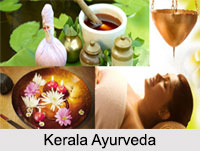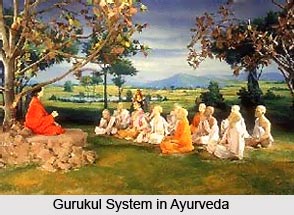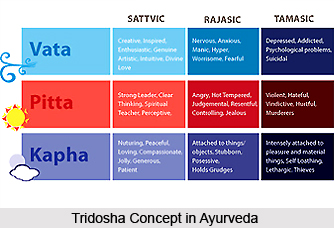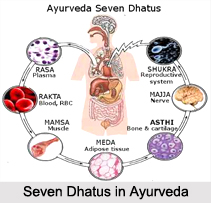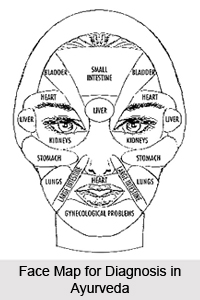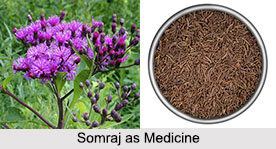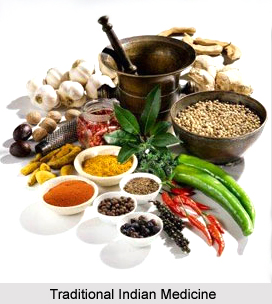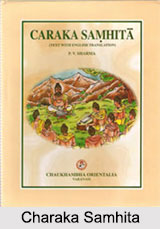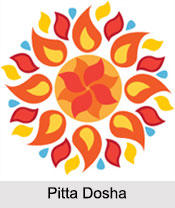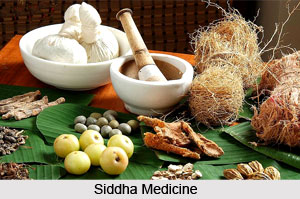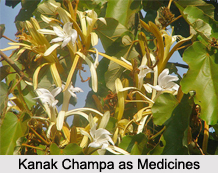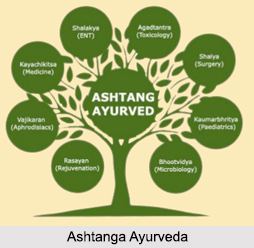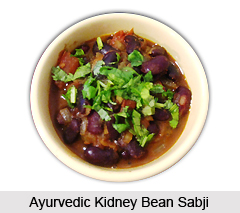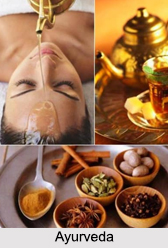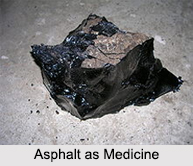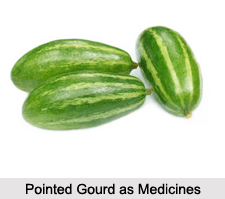 In Sanskrit literal meaning of "Shiro" is head and "virechana" means "purging." The term "Nasya" and "Shirovirechana" are used interchangeably. The treatment which is given through nasal rout is known as "Nasya". It is one of the "Panchakarmas" mentioned in Ayurveda.
In Sanskrit literal meaning of "Shiro" is head and "virechana" means "purging." The term "Nasya" and "Shirovirechana" are used interchangeably. The treatment which is given through nasal rout is known as "Nasya". It is one of the "Panchakarmas" mentioned in Ayurveda.
Ayurveda describes the nose as doorway to the brain and Nasya cleanses and opens the channels of the head and remove excess "kapha" (mucous) and "Ama" (toxins) from the nose, larynx, pharynx, mouth, nasal sinuses and bronchial tract. This treatment is useful in disease of the head and neck.
Shirovirechana is the therapeutic cleansing of the head and neck region, which purges excess mucous and toxins from the sinus cavities and surrounding tissues. It cleanses and opens the channels of the head, thereby increasing mental clarity by improving the natural flow of Prana (life force). When Nasya is performed breathing process becomes smooth and the "Indriyas" like ears, eyes, nose, throat, tongue strengthens and improves their function.
Process of Shirovirechana
In this process medication is given through the nose. The medicine might be in powder forms that are blown into the nostrils through certain specific instruments or in the form of medicated oils, which is applied with the help of a dropper.
First warm herbalized oil is vigorously massaged into the patient"s face. Specific energy points focusing around the sinus cavities are stimulated to open channels and draw out accumulated toxins and phlegm. Therapeutic heat is applied to the head and neck area in a systematized manner to further liquefy and draw out accumulations. Ayurveda generally prohibits applying heat to the head, but Nasya provides one of the few exceptions. After that the patient has his head tilted back and receives either herbalized drops in each nostril or powders forcefully blown in. He or she inhales deeply through the nose several times to bring the medications deeply into the passageways. After Nasya karma the patient must avoid talking loudly, getting angry and laughing.
After a while, the dislodged Ama and Kapha begin to flow back into the hollow channels of the mouth, throat and nose. The patient then expels the mucus or blows his nose to remove these accumulated secretions. After Nasya the patient rests and avoids exposure to stress and strain. Generally treatment is performed for seven days in a row starting with one to four drops of medicated oil in each nostril.
After completing Nasya the patient"s head will feel lighter and less congested; the mind clear and the senses more acute. She will also feel more comfortable and happy.
Benefits of Shirovirechana:
•Clouded thinking
•Foggy mind
•Sinus congestion
•Common cold
•Chronic sinusitis
•Allergies
•Allergic rhinitis
•Chronic headache
•Various eye and ear problems
•Nasal polyp
•Nasal septal deviation
•Dry nose
•Falling hair
•Discoloration of skin over the face
•Frozen shoulder
•Parkinsonism
Shirovirechana can also be performed to maintain health or in diseases like hicca (hiccups), manyastambha (cervical spondylosis), Swarabhransha (Sore Throat), Epilepsy, Skin disorders etc. This treatment can prevent the early graying of hair and beard. It also prevents the falling of hair. Nasyakarma will ensure growth of hair and alleviate diseases like facial paralysis, hemiplegia, hemicrania and mental disorders. It enhances the activity of sense organs and prevents the diseases of head. Nasyakarma prevents the early aging process.
